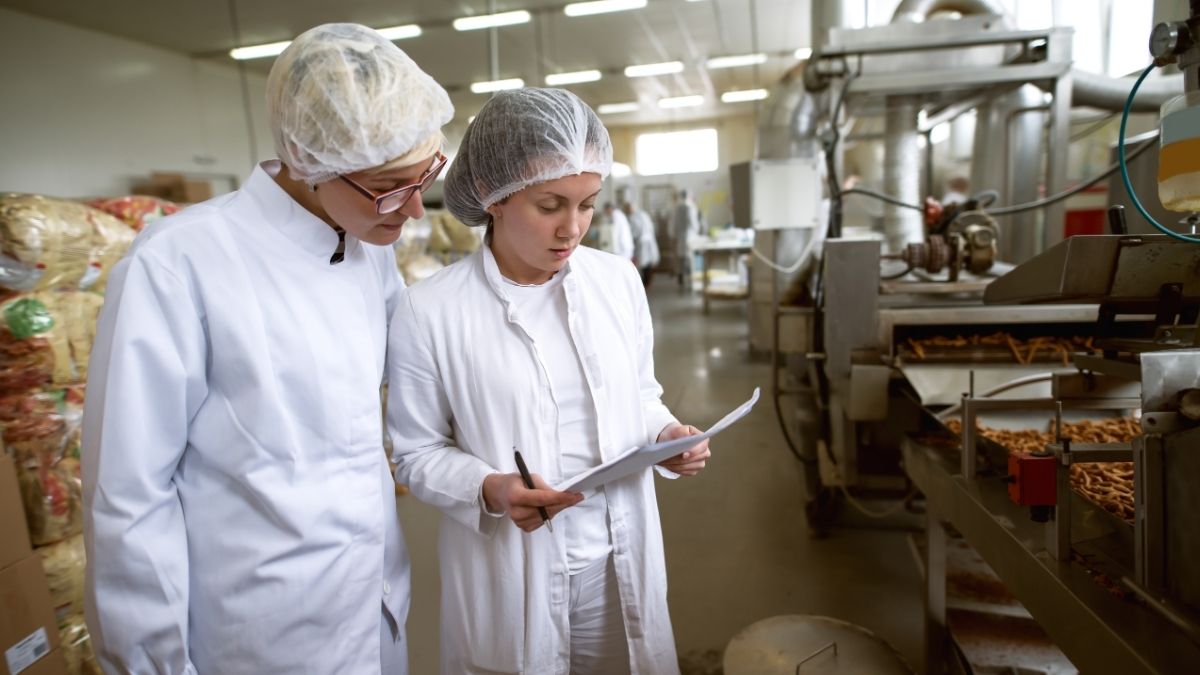How to Ensure Quality Control Throughout the Baking Process


Quality control processes are important in industries that produce and supply food. The baking industry is not left out. From measuring ingredients to packaging the final product, every stage of the baking process can introduce variations that alter the end product.
That is why implementing effective quality control measures is necessary for large commercial bakeries and small artisan shops. Read on to discover helpful practices to ensure quality control at the important steps of the baking process.
Why Quality Control Is Important in Baking
Quality control is vital in baking because it ensures that each product meets consistent standards for taste, texture, and safety. Baking requires precision, and slight variations in ingredient measurements, mixing times, and oven temperatures can cause problems.
These issues can cause collapsed cakes, uneven crusts, or off-flavors. Besides the appearance and taste, quality control protects customers from potential health risks due to undercooked dough or contamination.
Quality control also supports brand contamination. Customers expect excellent quality every time they buy your products, and failing to deliver can affect trust and sales. It also reduces waste and operational costs by catching issues early.
In an increasingly competitive market, strong quality safeguards product integrity and sets your brand apart. It creates loyal customers who value your commitment to excellence in every product they taste.
6 Ways to Ensure Quality Control During the Baking Process
When it comes to baking brands, the stakes are usually high. If you’re a baker, you must achieve consistent quality to compete effectively in the marketplace. So, here are six ways to ensure quality control during the baking process:
Establish Quality Standards for Ingredients
To ensure quality control, set clear standards for all your ingredients, including grade, freshness, and approved suppliers. Regularly inspect deliveries for consistency and compliance with these standards. Record these specifications, like optimal butter quantity, chocolate cocoa flour percentage, and protein content, to maintain uniformity. All of these help to get a reliable texture, taste, and appearance.
Evaluate and Optimize Critical Stages of Baking
Identify the important stages of baking where differences mostly affect the product quality, including mixing, proofing, baking, and cooling. Carefully keep track of factors like temperature, humidity, and timing. Constantly evaluate results and make adjustments to ensure each batch meets your desired standards for texture, taste, and appearance.
Conduct Regular Tests for Freshness and Texture
Perform routine checks on baked goods, such as moisture tests and texture analysis, to ensure they are fresh and consistent. Use sensory evaluations and tools like penetrometers to check the softness, chewiness, and crunch. Record the results and address deviations quickly to maintain high product standards and meet customer expectations.
Conduct Vision Inspection
Learn the core principles of vision inspection systems and implement them to check baked goods for defects automatically. These include uneven color, cracks, and misshapen items. These systems use cameras and software to detect inconsistencies in real time. By identifying these issues early, you maintain a consistent appearance, cut waste, and uphold quality.
Create Effective Storage and Packaging Standards
Develop clear storage and packaging standards to preserve product freshness and quality. Define the ideal temperature, humidity, and packaging materials for different baked goods. Regularly inspect packaging for damage or contamination risks. Consistent storage and careful packaging extend shelf life and protect product integrity.
Train Your Staff Properly
Invest in comprehensive training so that staff understand recipes, equipment use, and quality standards. Teach them to identify and correct issues like ingredient inconsistencies or baking irregularities. Encourage continuous learning refreshers. Properly trained teams are more vigilant, reducing errors and ensuring each product consistently meets expectations.
Endnote
You can ensure quality control during the baking process by establishing quality standards for ingredients and evaluating and optimizing the stages of baking. You must also conduct regular tests and vision inspections, create effective storage and packaging standards, and train your staff properly.
